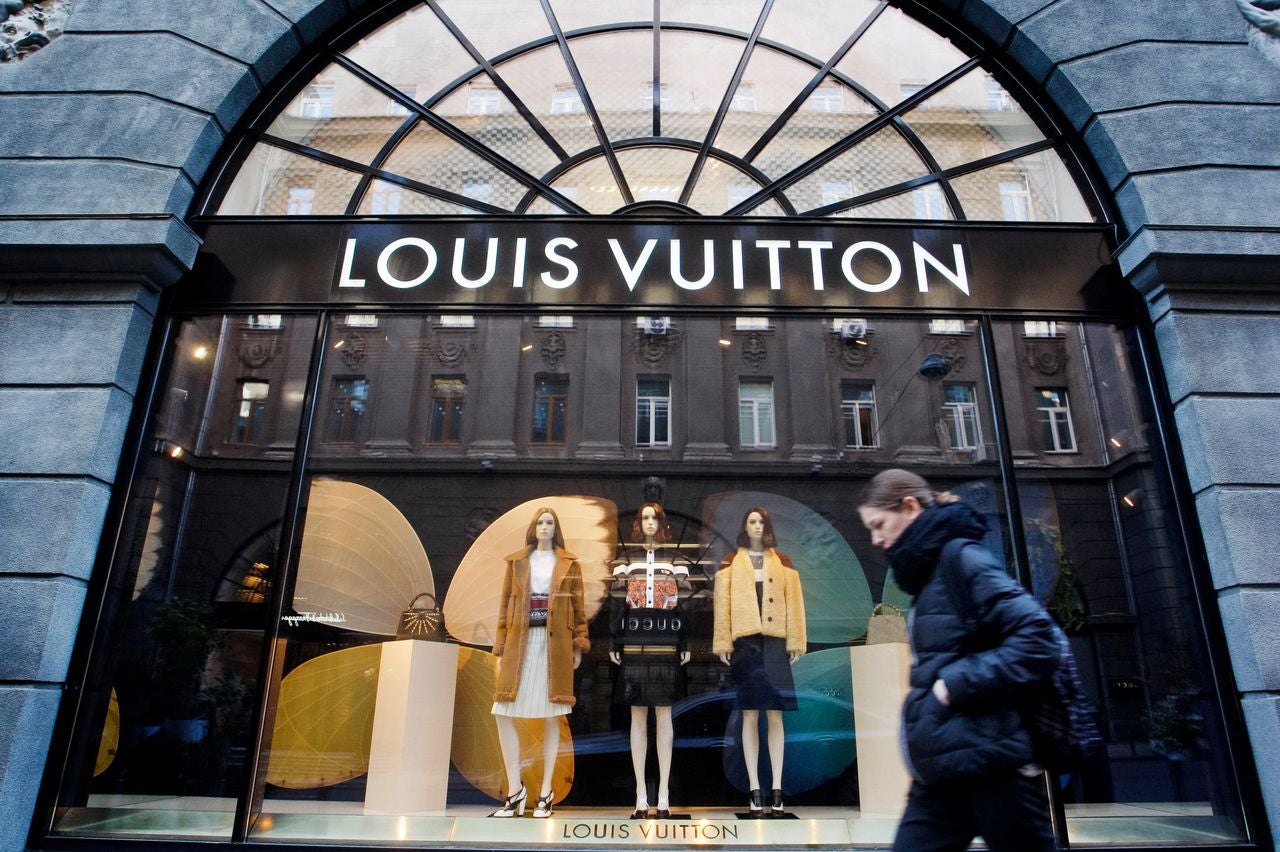Luxury brands are using blockchain to improve the purchasing process
[gpt3]rewrite

Blockchain has grown in prominence over the past decade as adoption has increased. Luxury retail and apparel brands are one industry that uses blockchain to provide an improved offering to consumers.
Fighting counterfeits in the luxury brand sector
Blockchain technology is essentially a shared database of transactions. These transactions are permanently recorded in blocks, chained together and distributed to all users in a peer-to-peer network. Circulating information in this way provides transparency and accountability. Everyone in the network can see an overview of all transactions, and it is impossible to change or remove a block without creating a permanent record of this change. In this way, blockchain can support the transformation of information storage, dissemination and authentication.
Blockchain technology’s authenticity is a goldmine for luxury brands struggling with increasing volumes of counterfeit products, especially in the resale market. An estimated one in ten brands sold is fake, and the Business of Fashion estimates the counterfeiting market to be worth $3 billion by 2022. Apart from the obvious financial implications this has for the industry, counterfeit products also pose a reputational threat to luxury brands, putting first class in excellent craftsmanship and exclusivity.
The Aura Blockchain Consortium
In 2021, luxury suppliers LVMH, Mercedes-Benz, OTB, Prada Group and Richemont founded the Aura Blockchain Consortium in an effort to combat this problem and deliver an improved shopping experience to consumers. The consortium aims to promote and support blockchain usage among luxury brands to ease the authentication process, improve supply chain transparency and facilitate reliable ownership transfers between luxury products.
Italian clothing company Loro Piana, which joined the consortium in March 2023, hopes to use blockchain to improve supply chain traceability through various stages of ownership. The latter element is particularly important for luxury fashion brands, whose high-quality goods are created with the expectation that they can be passed down through generations. Loro Piana’s blockchain tool provides customers with a unique QR code that can be used to track the manufacturing journey of an item through the supply chain. In addition, it provides them with a digital product certificate – this uses blockchain to simplify the transfer of ownership as customers can trace the history of the product’s ownership back to its roots at Loro Piana.
LV Diamonds uses blockchain in the same way as Loro Piana, providing an encrypted digital file that records each diamond’s weight, color, clarity and cut quality. This tamper-proof information is available to every diamond owner, making data transfer safe, efficient and reliable. Jewelers are also using blockchain to verify repairs on luxury goods. For example, Cartier uses Aura’s blockchain technology to confirm repair transactions and share the condition of parts with owners.
The Aura Blockchain Consortium hopes to integrate blockchain in these ways to “raise the bar for luxury.” Buyers of luxury goods can therefore sleep better with knowledge of where the product has been and certification that proves it is indeed the real deal.
[gpt3]


